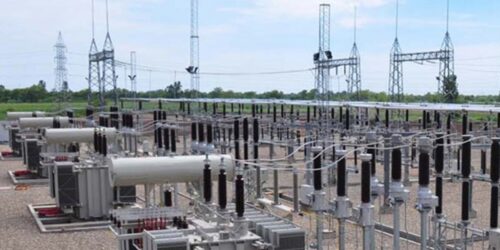The energy minister stamped the verdict the other day, what was becoming increasingly evident from the government’s tone. There will be no immediate notification of the already approved power quarterly tariff adjustments. The government has decided to wait for the existing Rs1.62 per unit adjustment to lapse with effect from October 2021, to bring in the new adjustments of Rs 1.72 per unit – where the net impact would be very manageable at 10 paisas per unit.
Apart from one episode for a base tariff revision in February 2021, all other revenue centric measures seem to have now taken a backseat as the government battles rising inflation. Most of what happens and does not happen around the power sector, would revolve around the finance ministry. The energy related measures meanwhile can take a backseat, and the adverse impact has been observed many times.
There is apparently an automatic tariff adjustment mechanism in place that allows the regulator to not only decide but also notify the tariff adjustments. Only that there is not, because the government has (as per the relevant ministers) communicated (not convinced yet) its inability to take any such measures around the power sector (and elsewhere) that lead to price increase. The agenda seems one point: control inflation.

But what does this mean for the power sector arrears? It means another Rs174 billion will be added to the backlog till the time the existing QTA expires in October 2021. Not that the power sector is not used to such delays. In fact, in some instances quarterly adjustments have been delayed for more than 18 months. Delayed payments and delayed notification of tariffs – have long been established as key contributors to the menace of circular debt.
There is no arguing that electricity is already expensive in Pakistan and in and high inflationary environment, it also becomes politically challenging to further raise consumer tariffs. That said, the responsibility to take care of the financial health of the power sector remains with the government. That is where the upcoming federal budget should make fiscal room for power sector arrears, and the surcharges that arise due to delayed notifications.
The sector’s payment chain should not suffer (more) just because the government intends to maintain prices. This is where decisions such as continuing with various support packages must be taken with due care. At least two more quarterly adjustments will be due and soon be pending by the time the October decision arrives. The power sector mess is so big that it cannot be sorted from within. It needs more fiscal space if the intention is to not raise prices, and broad-based reforms – some of which have been pending for decades.







